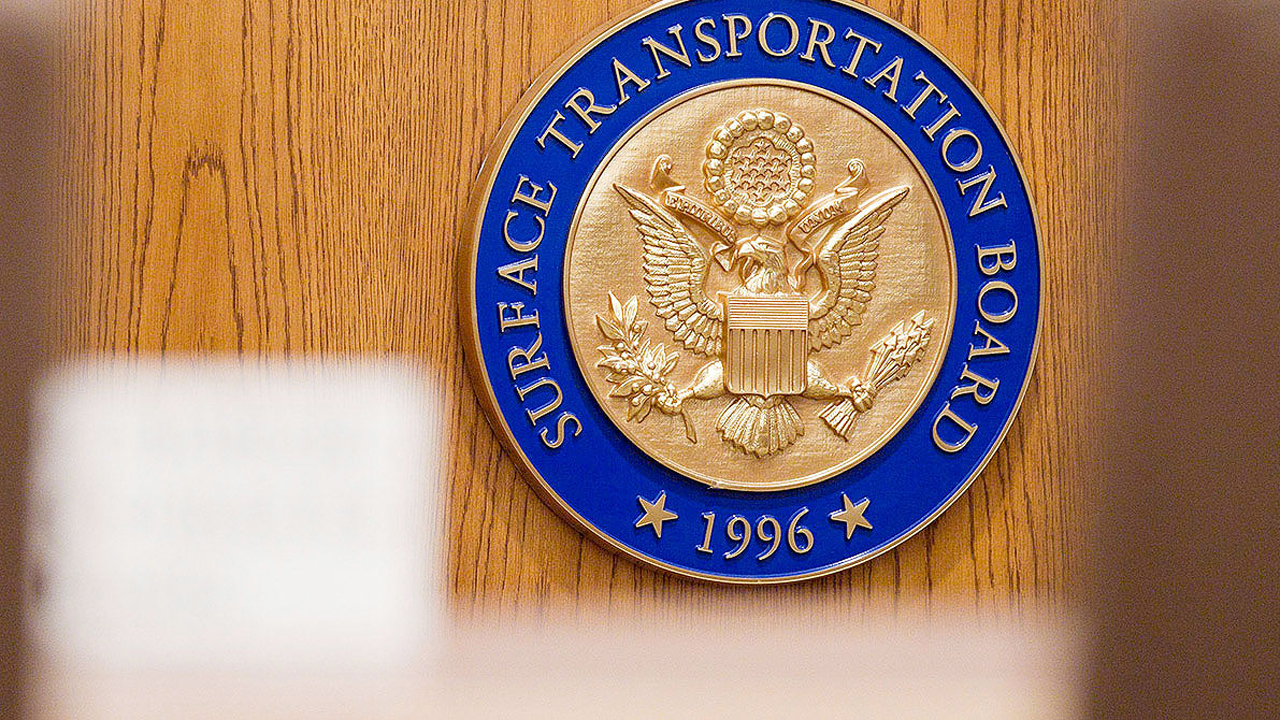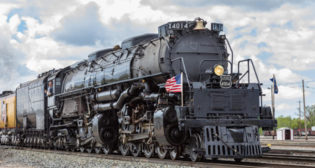
Check the Depth Before You Take a Deeper Dive
Written by Dr. William Huneke, Consulting Economist
Jay Roman in a recent Railway Age article (STB’s Annual Rail Rate Index Study: A Deeper Dive – Railway Age) alleged the new STB rate study was flawed because it did not account for: “1) The ownership of freight cars has changed substantially, 2) The substantial increase in the average distance movements traveled.” He might want to take another look.
A look at page 7 of STB’s study (Annual_Rail_Rate_Index_Study_2019.pdf (stb.gov) shows that STB adjusts for commodity mix, length of haul, car ownership and shipment size. The STB index is a Tornqvist index, not “a basic Revenue Per Revenue Ton-Mile Rate Trend Analysis.” STB’s workpapers are provided so Roman can test how a basic rate trend analysis compares to STB’s Tornqvist index.
I provided one example in my article (Happy New Year! STB Releases a New Rate Study – Railway Age). STB had overall grain rates rising 6%, but grain shipments in private cars had risen only 4% and those in railroad cars had fallen 27%. I concluded that either shipment sizes or shipment distances had changed, due to the Tornqvist adjustment. This adjustment counters the rate deflation that Roman observes would be present in a basic trend analysis.
Roman asserts, “Because real rail rates are lower now than in 1985, the STB Study may be read by some to imply that current rail rates are reasonable in relation to what they have been historically.” As I noted in my column, the trend in declining rates reversed in 2004, and rates have been trending upwards for the past 15 years. He attempts to show there is a significant problem by adding a real operating expense trend to a real operating revenue trend get a truer picture of rate trends, in his Illustration 2. He then shows a trend of “real rate premiums” in Illustration 3. He concludes the “railroads’ large rate increases have made the Premium Above Rail Expenses higher than it has ever been before. This supports the need for new STB rate regulations that level the playing field for shippers’ chance of succeeding in a rate challenge.” Maybe.
Railroads are a capital-intensive industry. They require large capital flows to maintain their equipment and facilities. Are they earning too much? That’s why I suggested that “STB should consider updating the Christensen study (A Study of Competition in the U.S. Freight Railroad Industry and Analysis of Proposals That Might Enhance Competition, Laurits R. Christensen Associates, Inc.)”
Merely asserting the need for new regulation to reduce rates needs more justification than Jay Roman provides. We need to know that the industry is making unreasonable, monopoly profits. To implement more regulation without a better understanding of the industry’s financial health is akin to taking a deeper dive without checking the water depth.

Dr. William Huneke is the former Director and Chief Economist at the Surface Transportation Board. He has more than 40 years’ experience in economics, transportation, railroad regulatory policy, management consulting, business analysis and teaching in the commercial and government sectors. He provides economic consulting on regulatory and arbitration matters. At the STB, Dr. Huneke led the Board’s analytical work and oversaw the collection of economic and financial data. Since leaving the STB, he has provided economic and litigation support to Class I railroads and other private-sector clients. He worked with the OECD (Organisation for Economic Co-operation and Development) to advise the Mexican government on its future rail regulatory policy. He represented the United States at an OECD conference on railroad industry structure. His private-sector experience included executive and management positions at UUNET, Freddie Mac and the Association of American Railroads. Dr. Huneke has taught graduate business courses at the University of Maryland, Robert H. Smith School of Business. He holds a doctorate from the University of Virginia and a B.A. from Swarthmore College.



